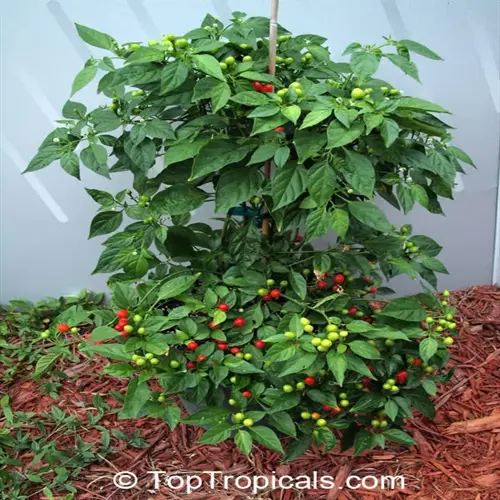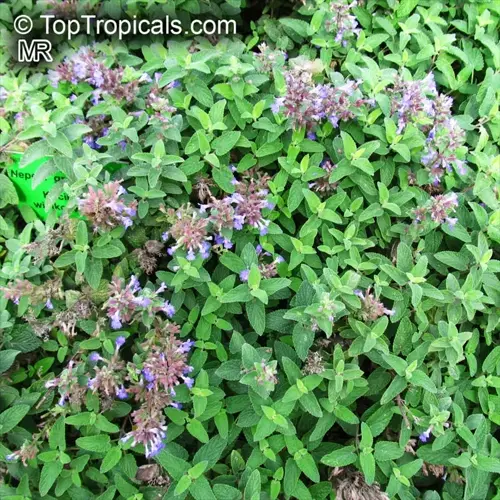Does chamomile attract beneficial insects?

Written by
Tina Carter
Reviewed by
Prof. Charles Hartman, Ph.D.Chamomile is a compelling ecological magnet, luring beneficial insects while repelling harmful garden pests. The nectar-laden flowers attract pollinators, such as bees and hoverflies, which help increase our crop production. The pungent scent of chamomile simultaneously repels garden pests and protects nearby vegetables. These simultaneous actions result in naturally balanced ecosystems.
Optimal Placement
- Plant every 10 feet along vegetable rows
- Border garden perimeters for pest barrier
- Cluster near aphid-prone plants like roses
Pest-Repelling Strategy
- Interplant with brassicas against cabbage moths
- Surround carrots to deter carrot flies
- Edge tomato beds to mask plant odors
Pollinator Support
- Ensure continuous blooms from June to frost
- Avoid pesticides during daylight hours
- Provide water sources near chamomile patches
Maintenance Tips
- Deadhead spent flowers weekly
- Water at soil level preserving beneficials
- Allow some self-seeding for natural expansion
The "scent masking mechanism," as it sounds, uses volatile oils to overwhelm pests' sensory receptors. The cabbage moths cannot locate host plants from chamomile's volatile, terpenoid-rich scent. Carrot flies get just as confused, decreasing root damage considerably. I essentially create a protective perimeter by planting chamomile in various locations throughout my vegetable garden.
Hoverflies are particularly beneficial for laying eggs in and around aphid colonies where their larvae will eat hundreds of aphids daily, helping to avoid heavy infestations. Chamomile's flat flowers also supply adequate landing spots for these predators. You'll find a reduction in pest issues in just a few weeks of establishing chamomile plants.
To enhance pollinator attraction maintain continuous blooms. You can harvest flowers often, but I suggest always leaving some flowers for pollinators. Morning dew on petals can provide much-needed water sources. I prefer<|image_sentinel|>hybrid varieties; I stick with more traditional types that provide higher nectar levels. My squash pollination rates evolved into almost three times that of garden pollination.
Chamomile is a valuable component of ecological gardening, as it reduces the need for chemical pesticides while enhancing biodiversity. The shallow roots bolster soil structure, and they coexist with vegetables rather than compete with them. Use chamomile effectively, and you will have a small ecosystem in your garden.
Read the full article: How to Grow Chamomile: A Complete Guide

